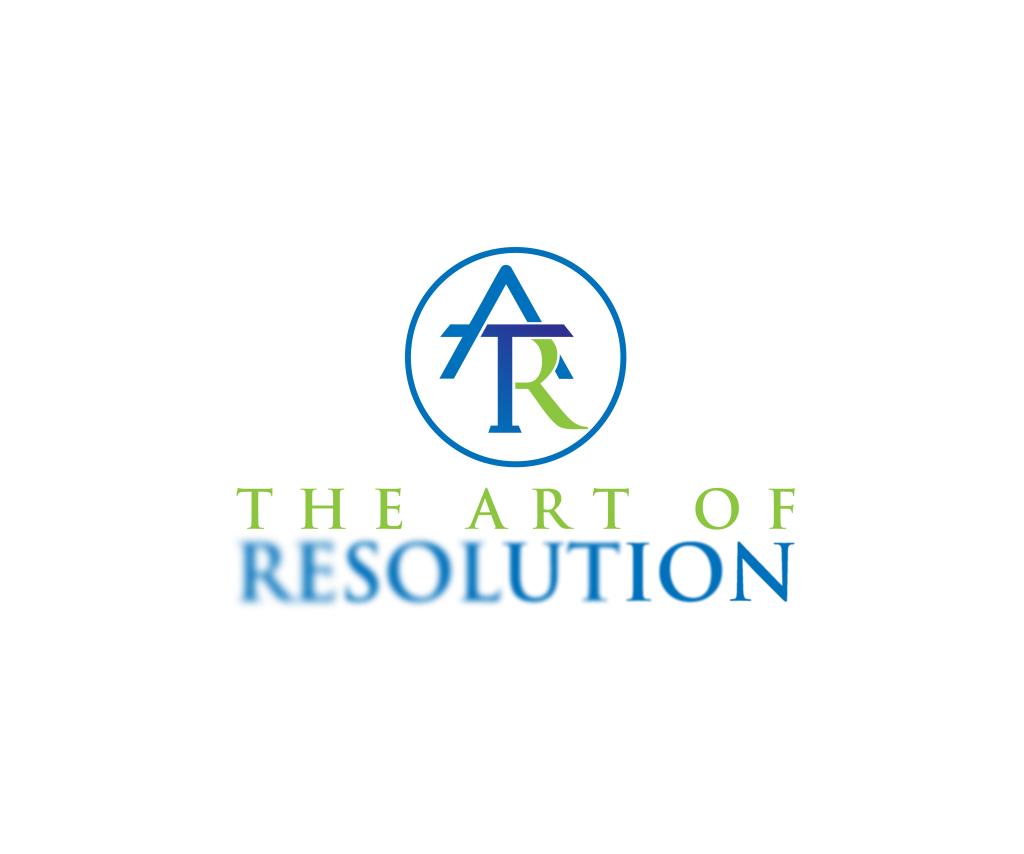In order to move cases forward during the pandemic, we have accelerated technology deployment in litigation, setting up major new efficiencies for litigants. These technologies were there in some form prior to today. But widespread acceptance was missing: in a variety of litigation contexts, a bias existed in favor of in-person appearances. While that bias is still present, our recent forced experience with Zoom and other technologies – and the subsequent validation of their value – has gone a long way toward mitigating it.
That is a big positive for litigation cost-control. Even after Covid-19 does not require the same level of strict distancing, we should work to keep these efficiencies. Here are some of the main ways that technology will continues to help reduce the costs of litigation:
1. Virtual meetings and witness interviews: You will often hear that there is no substitute for an-person interaction. That is certainly true from a rapport and relationship-building standpoint, and as I’ve posted about before, there are legitimate pros and cons to weigh when considering virtual trials. Still, for more routine meetings with clients, opposing counsel, and witnesses, there are no material differences in most cases with a virtual meeting – except that travel time is eliminated.
2. Virtual depositions: Deposition discovery is often the single biggest driver of cost, and a substantial portion of that is bound up in travel to the deposition location, often out of town because of where the witness resides. As with witness interviews, this benefit is compounded in cross-border disputes that would otherwise involve more extensive international travel.
3. Technology-aided document production: Several factors have made the process of collecting and processing electronic documents more efficient. The volume of data will always determine expense, but I believe we have the marginal cost of ESI expenses peak, and are on a downward cost curve. Remote access technology means that specialists can assist in the collection without having to be onsite. Cloud storage security is robust, and storage costs are down. And better search tools, including algorithmic review, take much of the attorney “eyes-on” time out of the process. If handled correctly, including via an appropriate stipulation with the opposing counsel, less time can be spent screen out irrelevancies, and more, on analysis of that small handful of truly critical documents that exist in every case.
Here again, comfort level on the part of counsel and courts has assisted; the important aspects of the collection have moved from a theoretical 100% gathering of every relevant document, to a focus on a thorough and defensible set of techniques.
4. Virtual hearings: I sat in on a recent presentation by the chief judge in one of our metropolitan courts about technology. He is a strong proponent, as are many of his colleagues now, for the benefits of virtual litigation, particularly for status conferences and hearings. And since his particular court has made investments in Zoom licenses and in the expanded hardware necessary to make virtual hearings and trials run smoothly, that is not going to change even after the pandemic has subsidied and safety concerns do not make it a necessity.
I would echo that from my experience as an arbitrator conducting, and as an advocate participating in, virtual hearings. They are vastly more engaging than conference calls, with a great deal of non-verbal information communicated and the ability to work with exhibits and demonstratives that would not be present by phone.
5. Virtual trials: The experiences of most judges and counsel I have heard from to date, along with my own observations, suggest that a virtual trial process works quite well. That is certainly the case for bench trials, which lend themselves to an all-virtual format. For jury trials, we’re more likely to see a hybrid format in which certain witnesses are permitted to testify remotely and on an as-needed basis, certain counsel participation can be remote—at least in the short-term. As the technologies for remote access continue to be refined, and as more courts get comfortable with them, I foresee that even jurors will be able to play their roles remotely.
6. Online dispute resolution: Mediation can be conducted very effectively via Zoom or similar platforms, including with access to “break out” rooms for individual discussions with the mediation and discussions between counsel. The very fact that fewer logistics are involved, with more convenience and less travel expense, should encourage more frequent and earlier mediation.
These developments are converging to rework how litigation is conducted in some fundamental ways. They are making the dispute resolution process more accessible for many. In arresting some of the steep costs of litigation, they are increasing the overall consistency and fairness of outcomes; currently, the costs of litigating frequently impact decision-making nearly as much as the merits of the case.
Taking this thought further, when we remove barriers to having cases decided on their merits, we are strengthening the judicial system and adding to our overall civic and commercial stability. That’s a message all of us can get behind.
